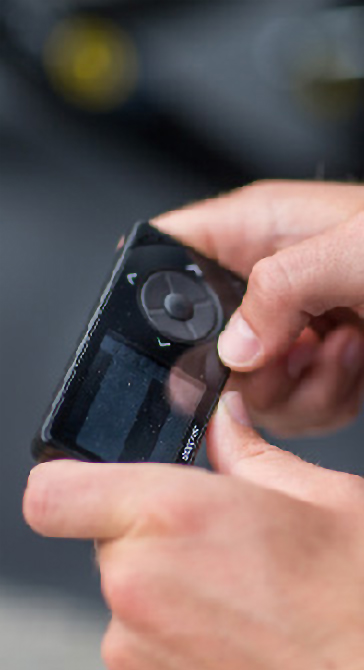This blog contains content relating to early mortality due to Type 1 Diabetes, which may be confronting and distressing to some readers. Please exercise caution and care when engaging with this content.
How many people live with type 1 diabetes (T1D) around the globe?
How does T1D affect life expectancy?
How many lives could be saved with universal access to diabetes supplies and devices?
Until now, there have been wide gaps in the data about the incidence, prevalence and impact of T1D, limiting opportunities to take actions to reduce the burden of T1D on individuals, families, and populations. That is about to change. JDRF, in collaboration with key partners and experts* around the world, have just released version 1.0 of the Type 1 Diabetes Index (T1D Index), a tool that can estimate the burden of T1D in every country in the world. A first-of-its-kind data simulation tool, the Index measures and maps the human and public health impact of T1D. The Index simulation is informed by over 400 publications from around the globe as well as a global survey of more than 500 endocrinologists. The T1D Index and its data can be accessed through a publicly available online dashboard, and the basis of the Index has been recently published in the leading diabetes and endocrinology medical journal, The Lancet Diabetes & Endocrinology.
T1D has a profound human, emotional and financial burden for those who live with it – and prevalence is rising rapidly. New data from the Index has revealed that:
Globally:
- Since 2000, T1D prevalence has increased at 4x the rate of global population growth
- As of 2022 there are 8.7 million people living with T1D globally
- The expected number of people living with T1D in 2040 will be 17.4 million
In Canada:
- There are 285,324 people living with T1D in 2022
- 36,264 people should still be alive today (if they had not died early due to complications from the condition)
- Today, 1-in-21 families are impacted; in 1990 it was 1-in-47; in 2040 could be 1-in-16
- In Canada, T1D is growing at 4.4% each year compared with 4.6% for type 2 diabetes Canada is among the top 10 countries in the world in terms of incidence (new cases each year relative to population size).
- The estimated years of life expectancy lost for a Canadian diagnosed with T1D at age 10 is 10.6 years
- The average Canadian enjoys 84 healthy years of life. If a person develops T1D at age 10, on average they will lose 22 healthy years.**
This projected growth in the number of people living with T1D, globally and in Canada, will place significant burden on individuals, caregivers, governments and healthcare systems. Yet too little is being done to reduce the burden and stem the increase in prevalence. The T1D Index was created to help shine a light on the challenges we face today and in the future, and give us a chance to act now.
Leveraging data and insights from the T1D Index can help change the lives of people living with T1D by identifying attainable country-by-country interventions including, access to optimum care, supplies and devices; funding new research that could lead to prevention and cures; and enabling timely and accurate diagnosis in low-income countries where T1D is still frequently not diagnosed, leading to death soon after onset.
The Index provides us with valuable information that will help further our advocacy and research work in Canada. For example, if everyone in Canada with T1D had access to insulin, test strips and good self-management we could restore 2 years of healthy life per person. Additionally, if everyone in Canada had access to devices (pumps and CGMs), we could restore another 6 healthy life years to the average person with T1D.
Being able to measure and map the human, public health and economic impact of T1D will ultimately allow us to improve the lives of people living with T1D around the world and move closer to cures.
Appendix
* The Index was developed collaboratively by JDRF, Life for a Child, International Society for Pediatric and Adolescent Diabetes (ISPAD), International Diabetes Foundation (IDF), and Beyond Type 1.
** “Healthy years lost to T1D” is an estimate of time lost to ill-health, disability, or early death from living with T1D, presenting complete picture of the burden of living with T1D.


